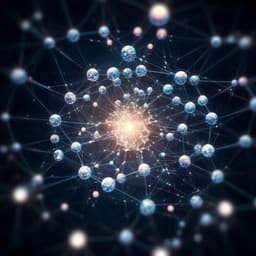
Computer Science
Quantum variational algorithms are swamped with traps
E. R. Anschuetz and B. T. Kiani
This groundbreaking research by Eric R. Anschuetz and Bobak T. Kiani explores the trainability of variational quantum algorithms, revealing surprising insights into the obstacles faced in optimizing these models. They challenge the common belief regarding barren plateaus, proving that even shallow VQAs can be difficult to train without good initial parameters. Discover how their findings could reshape your understanding of quantum algorithm optimization!
Playback language: English
Related Publications
Explore these studies to deepen your understanding of the subject.







